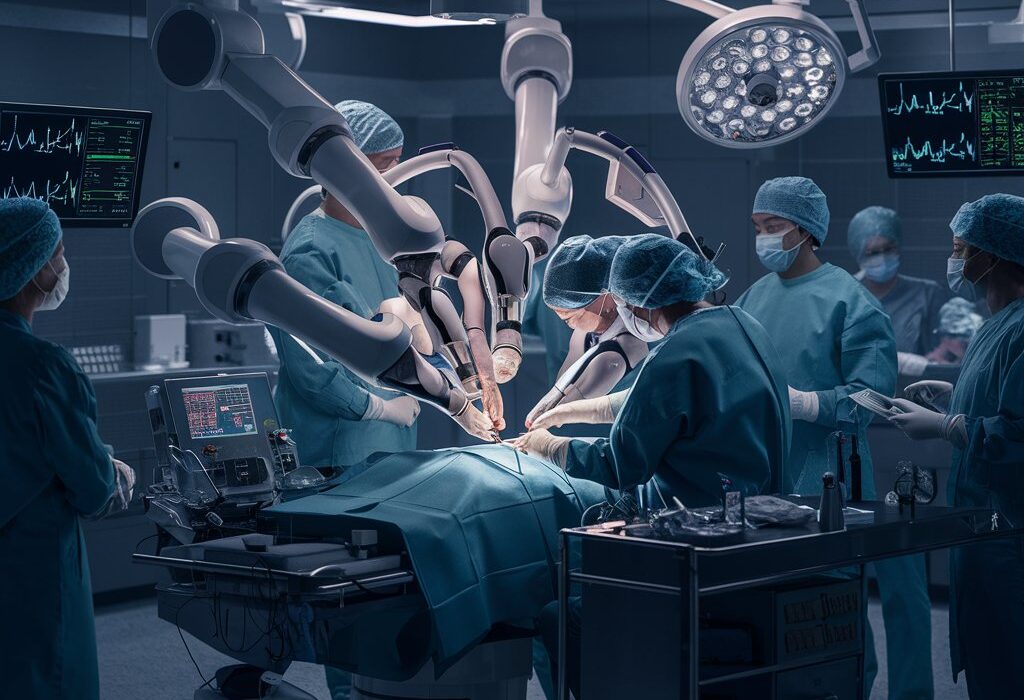
Robotic-assisted surgery has revolutionized the healthcare industry in recent years, offering unprecedented precision and accuracy. This innovative technology has transformed the way surgeons operate, enabling them to perform complex procedures with ease and minimal invasiveness. In this article, we will explore the latest advancements in robotic-assisted surgery and their impact on healthcare.
Miniaturized Instruments and Enhanced Dexterity
Robotic surgical systems are equipped with highly dexterous arms and miniaturized instruments that reduce tremors and enable delicate maneuvers. These instruments are designed to mimic the human hand, allowing surgeons to perform intricate procedures with enhanced precision. The miniaturization of instruments has also enabled surgeons to access hard-to-reach areas, reducing the risk of complications and improving patient outcomes.
Haptic Feedback System: A Game-Changer in Robotic Surgery
The haptic feedback system is a groundbreaking innovation in robotic-assisted surgery. This system allows surgeons to determine the consistency of the tissues they are operating upon, without physical contact, thereby preventing injuries due to the application of excess force. The haptic feedback system provides a tactile sensation, enabling surgeons to feel the tissue’s resistance, which is essential for precise dissection and suturing.
Teleoperation: Expanding Access to Specialized Healthcare
Teleoperation has overcome geographical limitations, enabling surgeons to provide specialized healthcare remotely. This innovation has bridged the gap between urban and rural areas, ensuring that patients have access to the best medical care, regardless of their location. Teleoperation has also enabled surgeons to collaborate and share expertise, improving patient outcomes and advancing medical research.
Artificial Intelligence (AI) and Machine Learning (ML): Enhancing Surgical Decision-Making
AI and ML have revolutionized surgical decision-making by improving the recognition of minute and complex anatomical structures. These innovative technologies enable surgeons to analyze vast amounts of data, identifying patterns and anomalies that may not be visible to the human eye. AI and ML have also improved the accuracy of surgical procedures, reducing the risk of complications and improving patient outcomes.
Challenges and Future Advancements
While robotic-assisted surgery has made significant strides, there are still challenges to be addressed. The substantial cost of robotic systems, their maintenance, the size of the systems, and proper surgeon training pose major challenges. However, future advancements in AI-driven automation, nanorobots, microscopic incision surgeries, semi-automated telerobotic systems, and the impact of 5G connectivity on remote surgery will further improve robotic surgery, making it more accessible and affordable for patients worldwide.
Innovations in robotic-assisted surgery have transformed the healthcare industry, offering unprecedented precision and accuracy. As technology continues to evolve, we can expect even more advanced innovations that will improve patient outcomes and expand access to specialized healthcare. As we embrace these advancements, we must also address the challenges that come with them, ensuring that robotic-assisted surgery remains a safe and effective option for patients worldwide.





